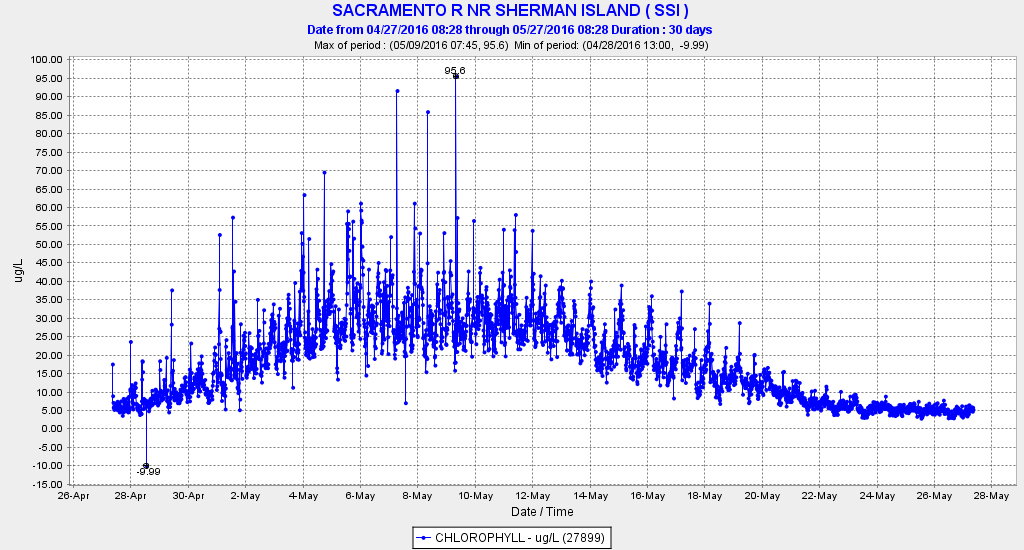For the first time in almost 30 years, there may be no salmon fishing in Puget Sound in 2016. Several reasons are apparent for this situation. First, the Coho salmon returns this year are projected to be very poor as a result of unfavorable ocean conditions and the drought in many Washington streams that occurred last year. The projected returns of adult Coho salmon are very low (particularly for non-hatchery or wild fish that are listed as “threatened” under the Endangered Species Act). There are also concerns about low returns of wild Chinook salmon.
Seasons in Washington are set on an annual basis by the co-managers of the resource. These co-managers are the Washington Department of Fisheries (WDFW), which represents the non-Indian sport and commercial fishermen on one side and the Indian tribes in Puget Sound, which represent the interests of about 20 different tribes. This co-management approach evolved after the Judge Boldt decision in 1974 that established the 50/50 split on harvest between the two entities. Initially, the court system set regulations, but the co-management approach evolved shortly thereafter to let the resource managers set the seasons rather than the court system.
Under the co-management process, seasons have been negotiated and set in the early spring each year. The co-managers meet, present their positions based on the information each has (including models of the fish returns), discussions are conducted, and the seasons are mutually agreed upon. These negotiated regulations are then forwarded to the North Pacific Fisheries Management Council, which then provides final review and approval. Then the National Oceanic and Atmospheric Administration (NOAA) issues permits for the seasons.
This process has worked in finalizing the seasons, until this year. When the co-managers first met in late April, the WDFW proposed a restricted season that would allow a “selective fishery” for hatchery Chinook salmon along with possible fishing for hatchery Coho. (Hatchery fish are marked by the removal of their adipose fin). The Tribes, however, proposed a total closure for all salmon fishing in Puget Sound to protect wild Coho and all Chinook salmon.
In the first two meetings, the co-managers showed no movement toward an agreement on the Puget Sound situation. (However, agreement was reached on seasons for the Columbia River and the outer coast of Washington and included severely restricted quotas accompanied with selective fishing for marked fish.) WDFW walked out of the meetings regarding Puget Sound. Although the two sides have been in further discussion, as of this date – May 19 – no agreement has been made.
To further complicate the situation, WDFW and the Tribes have decided to submit separate proposals to the NOAA in order to obtain separate permits for their proposed seasons. (NOAA issues the final permits as part of the Endangered Species Act). NOAA’s response to this has been “WDFW and the Tribes must come to agreement with NOAA offering assistance to the process, but it will not make a decision on the proposals”. To process these permit submittals, NOAA has estimated that the Tribal proposal (which does include some limited fishing in some isolated situations) could possibly be processed in time for this co-manager’s reduced seasons to go forward. However, NOAA has indicated that the WDFW proposal could be lengthy (due to the need for public review and comment) and likely could not be processed this year.
In general, the salmon seasons for both Tribal and non-Tribal fishermen in Puget Sound have been severely reduced over the past several decades as a result of lower returns resulting from habitat losses, dramatic increases in predators (birds, seals, sea lions, etc.), and the 50/50 split with the Indian Tribes. If no agreement can be reached in the next few weeks, there will be no sport/commercial fishing for Puget Sound salmon in 2016. This outcome will likely result in major regional economic impacts (a sporting goods store has already closed). There are about 200,000 salmon anglers that have held licenses in the Puget Sound region. If the closures continue, these fishermen would have no opportunity to fish for salmon in the Puget Sound basin – only ardent fishermen will likely travel to the coastal ports of Washington or the Columbia River to participate in their sport.
In a related development, the WDFW has closed all fishing (all species) in all Puget Sound streams, rivers, and lakes accessible to Coho or Chinook salmon. These closures include large lakes such as Lake Washington where there is a popular fishery for bass and other warm water species. In addition, the summer-run steelhead season, another very popular fishery in many Puget Sound streams, usually opens in early June (which is only a few weeks from this date). This fishery is also destined to remain closed if no agreement can be reached.
Although NOAA has been the Federal agency that was presumed to issue the final permits for the Tribal and the non-Tribal sport/commercial fisheries, much to the surprise of many fishermen and non-fishermen, the Bureau of Indian Affairs approved a separate permit for a limited Tribal fishery for spring Chinook salmon in the Skagit River (a major tributary of Puget Sound). The fishery was conducted and resulted in several demonstrations by non-Tribal fishermen, both on the Skagit River and at the state capitol in Olympia.
Most of the Tribes favor some type of agreement. However, two of the Tribes do not favor any agreement except no fishing. This has complicated the entire negotiation process because all Tribes in the co-management process must agree to the final regulations before they can be submitted for approval.
As a result of this convoluted process, the likelihood of a salmon fishery in Puget Sound this year is clearly in doubt. Many of the non-Tribal fishermen believe the current negotiation process needs to be overhauled.



















